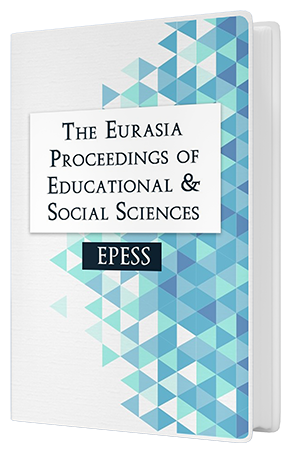DESIGNING OF A CNC TRAINING SET
Keywords:
CNC, computer based numerical control, training set, cnc machine trainingAbstract
Computer Numerical Control (CNC) is a system in where computer numerical control codes determine machining and sizing process of a work piece. Today, most of the products in manufacturing sector are produced by CNC lathes. Therefore, CNC lathes are indispensable parts of the manufacturing sector. In order to bring up operators who use CNC lathes, related courses are offered in our educational institutes. In different vocational high schools, faculties and vocational college, some knowledge such as basic lathe system, lathe usage, lathe programming, way of thinking three dimensional and work piece machining are offered to students who are candidates of being employed in this sector with the aim of reliable, effective and correct usage of these sensitive lathes that are so important for manufacturing. But, these learnings will be permanent and education will reach the target if and only if theoretical knowledge is followed by practical training session. In this study a training set that is low-cost, completely prepared in Turkish and educational has been designed and manufactured (produced) for the students who are getting CNC education. Training set consists of an electronics book that includes theoretical knowledge, a multimedia environment that includes usage, programming and structure of CNC, an editor that is used as programming environment, a simulation environment where written program‘s results can be viewed and a mini CNC lathe which has same functionality of original lathe and has the capability of processing work piece. Combination of all these materials made up training set and let the student to see the work piece from draft to production.Downloads
Published
Issue
Section
License
Copyright (c) 2014 The Eurasia Proceedings of Educational and Social Sciences

This work is licensed under a Creative Commons Attribution-NonCommercial-ShareAlike 4.0 International License.
The articles may be used for research, teaching, and private study purposes. Any substantial or systematic reproduction, redistribution, reselling, loan, sub-licensing, systematic supply, or distribution in any form to anyone is expressly forbidden. Authors alone are responsible for the contents of their articles. The journal owns the copyright of the articles. The publisher shall not be liable for any loss, actions, claims, proceedings, demand, or costs or damages whatsoever or howsoever caused arising directly or indirectly in connection with or arising out of the use of the research material. All authors are requested to disclose any actual or potential conflict of interest including any financial, personal or other relationships with other people or organizations regarding the submitted work.




